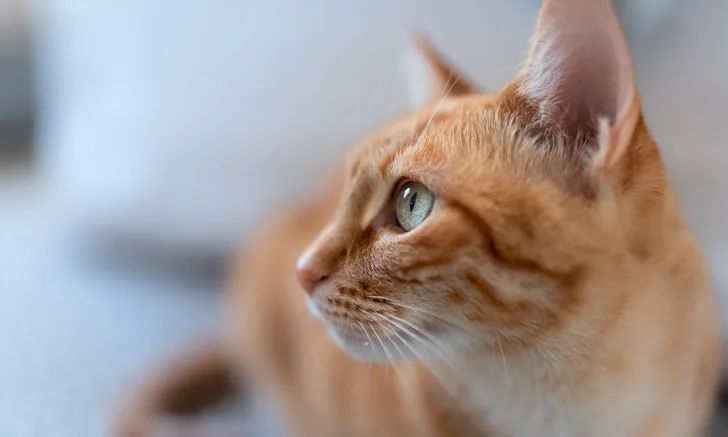Significance of Subclinical Heart Murmurs in Cats
Nancy J. Laste, DVM, DACVIM (Cardiology), Bulger Veterinary Hospital, Lawrence, Massachusetts

In the Literature
Franchini A, Abbott JA, Lahmers S, Erikkson A. Clinical characteristics of cats referred for evaluation of subclinical cardiac murmurs. J Feline Med Surg. 2021;23(8):708-714.
The Research …
Subclinical cardiac murmurs have a reported prevalence of 15.5% to 34% in cats.1,2 Benign heart murmurs (ie, not associated with structural heart disease on echocardiography) are relatively common.1,2 Echocardiography remains the gold standard to evaluate for cardiac disease.
In this study, medical records of 163 apparently healthy cats with subclinical heart murmurs were evaluated for prevalence of heart disease and to define clinical characteristics that can help identify patients with heart disease. Most cats were domestic shorthair or domestic longhair (87.7%), and the remaining cats were purebred (eg, Maine coon, Siamese); 62.6% of cats were male, and body weight was significantly higher in male cats.
Cardiac disease was identified via echocardiogram in 66.3% of cats. Those with a hypertrophic cardiomyopathy (HCM) phenotype (ie, either HCM or left ventricular hypertrophy secondary to systemic hypertension or hyperthyroidism) accounted for 88.9% of heart disease cases. Of the 55 cats without identified heart disease, 30 (54.4%) had dynamic left ventricular outflow tract obstruction, dynamic right ventricular outflow tract obstruction, or concurrent left and right ventricular outflow tract obstruction. Murmurs were classified as innocent in the remaining cats. Left atrial enlargement was generally mild and identified in 41 cats (25.1%), including 3 without identified heart disease.
HCM is the most frequently identified type of heart disease in cats with subclinical heart murmurs.1-3 HCM prevalence in this study was higher (88.9%) than in similar studies,1-3 possibly because this study group was a referral population, and cats with more intense murmurs may be more likely to be referred.
… The Takeaways
Key pearls to put into practice:
Subclinical heart murmurs are common in cats, and most affected cats referred for evaluation of a heart murmur have mild disease with minimal left atrial enlargement and are therefore at relatively low risk for complications (eg, congestive heart failure, aortic thromboembolism).
HCM is diagnosed in a significant percentage (>80%) of cats with subclinical heart murmurs.
Cats that are male, weigh more, and have a murmur of III/VI or louder may be more likely to have heart disease.
You are reading 2-Minute Takeaways, a research summary resource presented by Clinician’s Brief. Clinician’s Brief does not conduct primary research.